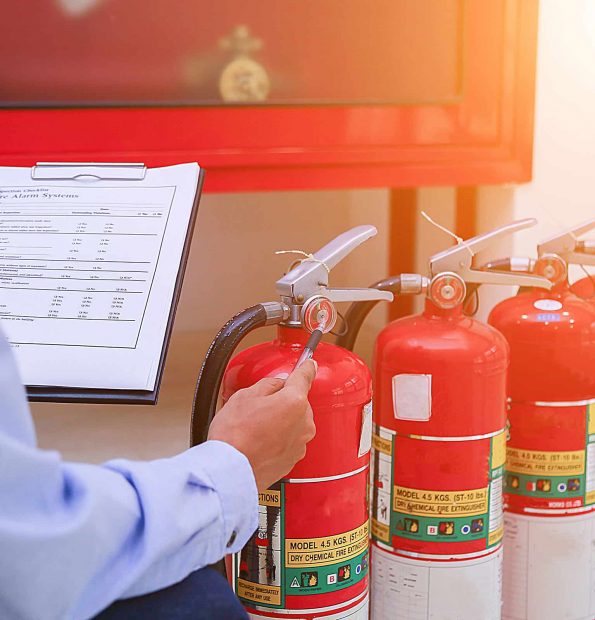Sydney fire safety goes beyond than just a matter of checking off boxes. The Annual Fire Safety Statement, also known as AFSS is the heart of this system. The AFSS not only fulfills all legal requirements, but also shows the homeowner’s commitment to security and accountability. When paired with a Fire Safety Certificate, it is the base of an organized framework that keeps people safe, insurers at ease and councils confident in their confidence in the quality of city’s buildings.
The reason why there is an annual Fire Safety Statement
The Annual fire safety statement Sydney requirement was never designed to be paperwork for the sake of paperwork. It was introduced because fire protection systems, no matter how well designed, only work only if they’re tested, maintained and certified on a regular basis. It could appear that a sprinkler system installed ten years ago works fine, but it won’t work in an emergency because the system was not tested.

The AFSS demands that owners prove each year that their fire safety devices which include alarms and lighting for exits and hydrants are still performing to the requirements originally set out by the Building Code of Australia. This is more than just an inspection. It’s a declaration to the public that lives will be secured and the building is capable of surviving any emergency.
The Difference Between AFSS and Fire Safety Certificates
Owners often confuse owners often confuse the Fire Safety Certificate with the annual statement, but both certificates have different functions. The certificate is given after the system has been put in place or major improvements are completed. It ensures that the newly installed measures comply with regulations before an apartment or building can be utilized. The AFSS will be issued after. The AFSS has a continual obligation to show that the systems that are in use meet the standard every year following installation.
They establish a cycle of protection when they are used together: the certificates verify that security systems were properly installed and the annual reports verify that the systems are maintained throughout the life of the building. If one step is not completed the entire security chain is at risk.
The responsibility of the owner of the building
The AFSS in New South Wales has a unique feature: it puts the entire responsibility for this process onto the owner of the property. The AFSS doesn’t have a hierarchy of defects as opposed to other forms where they could be classified as minor or serious. The whole statement is null if even one of the measures fails.
Owners must be proactive. They have to organize inspections, employ certified experts, schedule repairs, and lodge documents with council–all while meeting strict deadlines. This responsibility includes coordination between the tenants, contractors, and insurers for commercial landlords and strata comittees. While it can be challenging, the structure was designed to guarantee that safety would never be at risk.
The Impact of AFSS Beyond Sydney
Beyond the legal requirements beyond legal compliance, the AFSS has wider implications. Tenants often inquire about a building’s current safety statement when deciding whether to lease space. In addition, insurance companies often require a copy before finalizing coverage. An annual fire safety statement which is current could affect the value of a building in terms of tenant confidence, as well as insurance rates.
Councils can be reassured that the thousands of Sydney buildings are monitored regularly. For fire authorities this means that the systems are more likely to operate during real emergencies, reducing dangers to both the occupants and firefighters. The AFSS doesn’t just concern safeguarding buildings. It’s equally about making the entire city safer in general.
Conclusion: AFSS is a Standard of Trust
The Annual fire safety statement Sydney is a requirement that may appear as a bureaucratic obstacle, but in reality, it’s a sign of confidence. It is a proof that fire safety isn’t an issue that is left to chance, and that equipment is reliable, and that owners accept the responsibility for the safety of the people who live in their premises. This certificate, when paired with the Fire Safety Certificate completes the method of verifying the implementation of safety measures and their continued performance.
For owners of properties, the message is clear: the AFSS is more than an annual deadline. It’s a commitment to community trust, safety and accountability. In the rapidly expanding urban area of Sydney where a lot of people rely on secure and efficient buildings, that commitment is what makes the AFSS invaluable.
